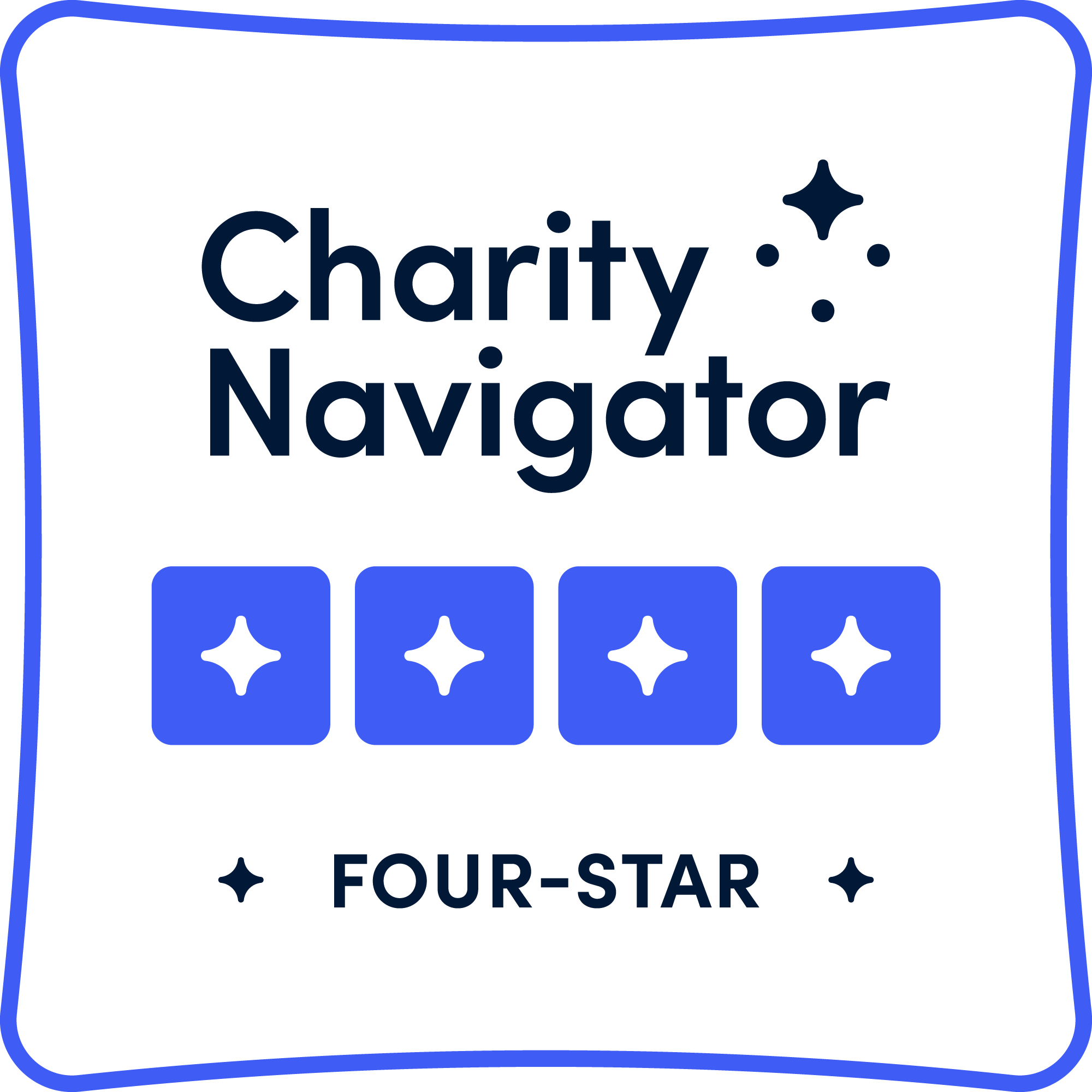Conditions of Success: Continuous Communication
As of November 1, 2020, National Veterans Intermediary (NVI) is called the Local Partner Network. Older content may reference our original name.
This is the last blog in our series on the Collective Impact conditions of success. Want to get caught up? Here are the previous posts in the series: Collaborating For Impact, Common Agenda, Shared Measurement, Mutually Reinforcing Activities, A Backbone Organization.
The fifth condition of success is Continuous Communication. It sounds straightforward in theory, but is complex and nuanced in execution. We have more modes of communication than ever, but our perpetual connectedness doesn’t always support collaborative work.
A Matter of Trust
Years of research on Collective Impact suggest that the in-person meeting has been the gold standard of collaborative communication. It makes sense, given that a primary purpose of continuous communication is trust-building. “All the collective impact initiatives we have studied held monthly or even biweekly in-person meetings among the organizations’ CEO-level leaders. Skipping meetings or sending lower-level delegates was not acceptable” report John Kania and Mark Kramer in their original article on the topic. In-person communication has been emphasized as an key factor in successful Collective Impact ventures in Cincinnati, Boston, Queensland and more. Due to time and geographic limitations, in-person meeting is not always feasible. There’s increasing need for meaningful remote communication and trust-building practices.
Trust is so crucial because, in a collective impact scenario, equity is deeply important. To ensure true investment from all collaborators, they must feel seen, heard, and valued. If trust erodes, and organizations feel that their interests will not be addressed equitably, there can not be productive collaboration.
Overcoming Hurdles
Sometimes, continuous communication will have to mean digging in on contentious issues. Conflict has to be addressed head-on so that the group can move forward and keep communication channels open. When discussing sensitive topics, collaboratives may benefit from an outside facilitator, as Kania and Kramer observed, because facilitators support fair and equitable dialogue by moderating the conversation with a neutral perspective. Facilitators also bring expertise in the decision-making process, and the experience to keep meetings on-task and on-time.
Building Relationships with Funders
Consistent communications, especially when supported by organizational leadership, foster stronger ties with funding partners. Not only do funders need to know that they can trust the nonprofits they grant—nonprofits need to be able to trust their funders. In a 2015 article, the Collective Impact Forum (CIF) cites a 2014 Grantmakers for Effective Organizations (GEO) study in which funders and the organizations they supported were surveyed regarding their perception of funder “openness.” CIF noted a “sizeable gap” between funder and nonprofit perception of the funders’ openness to discuss nonprofit needs. Attending meetings and soliciting feedback are two opportunities to communicate and build trust.
Communicating Between Meetings
While face-to-face communication has clear advantages, frequent meetings aren’t sustainable for all communities. Technology presents plenty of options, including online conferencing services (Zoom, OfficeSuite HD Meeting, Google+ Hangouts), online workspaces and collaboration tools (Slack, Asana, Google Groups), and collaborative document management tools (Google Docs, Office 365). When picking a platform through which to communicate, keep in mind that it needs to be accessible to all participants, has the capacity to add members as collaborators join, and that it doesn’t lead to information silos (such as email chains).
NVI’s Communication Practices
At NVI, we layer communication resources to stay connected with our Local Partners and National Partners. NVI Local Partners agree to attend 1-2 meetings a year via webinar. We share point of contact information so that communities can connect directly. We have sponsored Local Partners’ attendance at Collective Impact continuing education and networking events. Lastly, we send a monthly resource blog rollup to all of our partners. Join our email list here!
We want to know: how does your Veteran collaborative approach Continuous Communication? What works for you? Let us know at [email protected].









